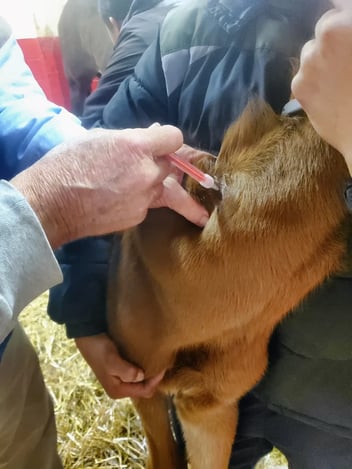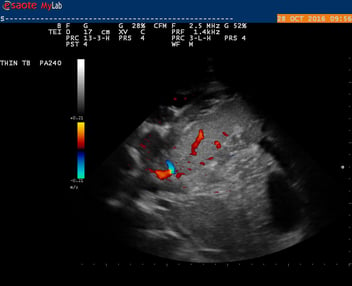Technique Tuesday - Restraint of the Neonatal Foal
This Technique Tuesday, our co-founder and equine veterinary surgeon, Kevin Corley, is sharing his expertise on the restraining neonatal foals. Have questions or comments? Drop them in the comment form below, and Kevin will be more than happy to help! Stay tuned for more exciting insights and techniques.
.jpg?width=1200&length=1200&name=foal%20restraint%20(4).jpg)

.jpg?width=1200&length=1200&name=Rope%20foal%20-%20Madigan%20squeeze%20technique%20(2).jpg)


In preparation for the 2024 foal season, Dr.Kevin Corley, EquiTrace Founder and double-boarded specialist, will provide a course of techniques essential to the looking after foals.
Effective restraint of foals is crucial for the safe execution of medical procedures. The level of restraint necessary varies based on the specific procedure and the temperament of the foal. In most instances, it is advisable to have two individuals present when working with a foal. It's important to note that foals often exhibit "passive resistance," meaning they may sink down or "collapse" as the degree of restraint increases. Optimal standing restraint is often achieved by positioning the foal against a wall. Depending on the area being examined, various methods can be employed, including:
- Holding the foal with one arm around the mid-neck to prevent forward movement, offering relatively gentle restraint.
- Firmly grasping the tail at the base and pulling it vertically up and forward to increase restraint, while being mindful of the foal's ability to kick backward with its hind limbs.
- Combining the two techniques mentioned above and holding the foal against a wall, using the handler's body to keep the foal confined. For larger foals or smaller handlers, this can be a two-person job, with one handler at the tail and one at the head.
- For increased control, the handler can reach around to grasp the ear on the opposite side of the head, applying a firm hold or twist.
- In extreme cases, where the foal is exceptionally strong or difficult, both ears can be held, but this should only be done as a last resort, such as when administering sedation after other techniques have failed.
- Restraint in lateral recumbency (see below)
Laying a foal down
When laying a foal down, the handler stands next to the foal, on the side it is to be laid down on. One hand grasps the base of the tail, while the other is on the bridge of the foal's nose. The foal's nose is pushed towards the tail, creating a C shape, and simultaneously, the tail is pushed towards the nose. The handler places a knee under the foal's chest, pulls the foal towards them, and sinks down, guiding the foal into their lap.
Restraint in lateral recumbency
Many foals can be restrained in lateral recumbency without sedation. The handler sits with one leg below the foal's neck and another leg lightly over the foal's chest. The arm nearest the foal passes under the head to hold the chin, and the other hand rests just below the ear, potentially holding the ear if needed. Proper control is maintained by ensuring the foal's legs are held above the carpus. If an additional handler is available, they can restrain the hind legs similarly, holding them above the hock.




